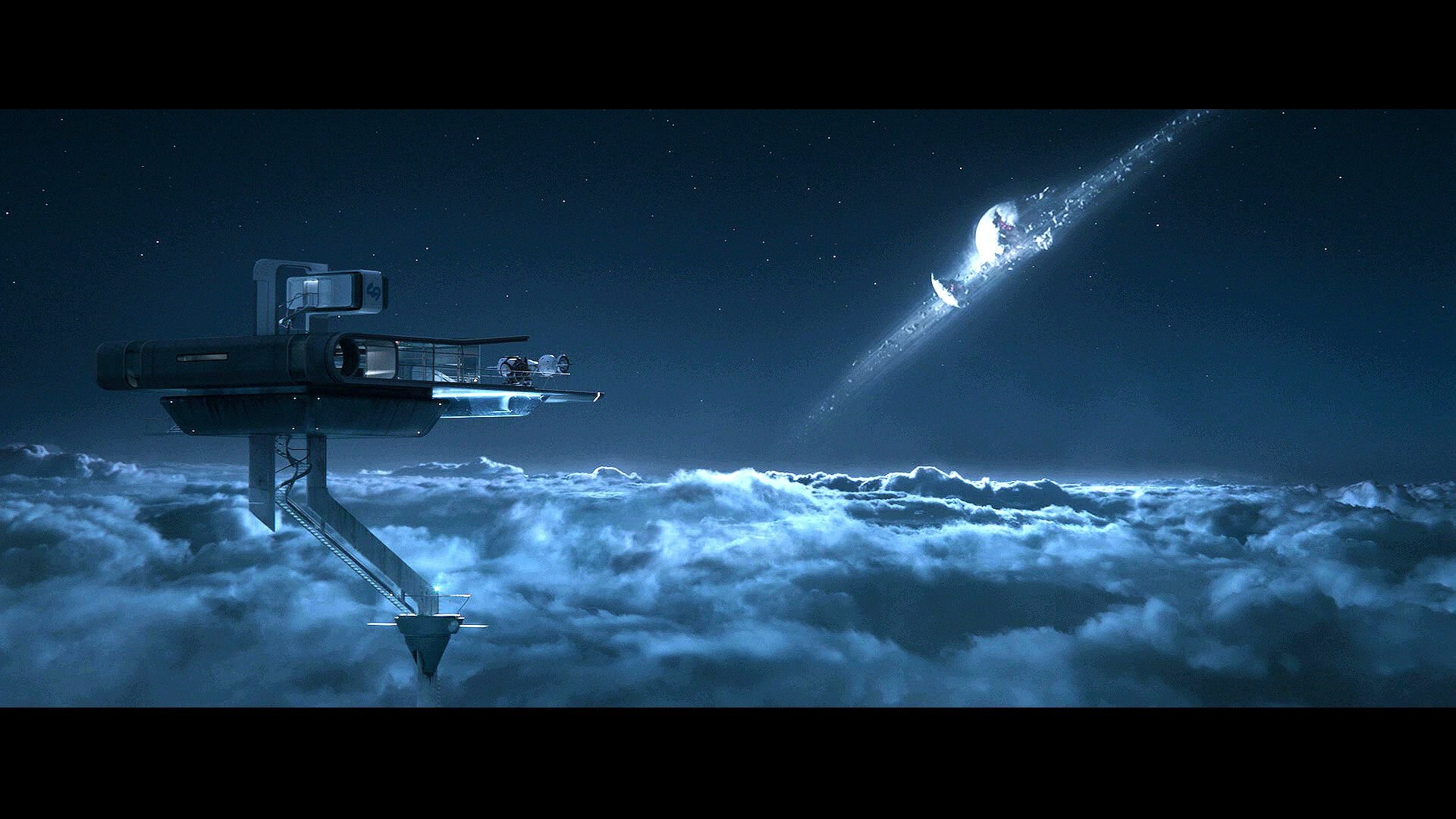
Posted on 04/02/2025 7:08:59 AM PDT by BenLurkin
Ground-based telescopes from the International Asteroid Warning Network have been tracking the asteroid, but it will be too faint to observe until June 2028...That’s why Webb was called in for the job, measuring the asteroid’s brightness across a range of infrared wavelengths to better determine its size.
In late January, a team of scientists proposed using the mid-infrared instrument on Webb to observe the asteroid and better understand its damage potential. The team recently released the preliminary results of Webb’s observations of asteroid 2024 YR4, suggesting that, while the asteroid is larger and rockier than previous observations, it has nearly a 0% chance of hitting Earth during its upcoming flyby...
Webb first spotted the asteroid on March 26, observing it as it rotated every 20 minutes over a five-hour-long period. [T]he researchers determined that the asteroid was slightly larger than previously believed. Initial estimates suggested that the asteroid measures between 130 and 300 feet wide (40 and 90 meters) based on its reflected light. Webb’s observations, however, measure the asteroid at 200 feet (60 meters) wide.
...[T]he results suggest that the asteroid “continues to have a non-zero probability of impacting the Moon at this time,” the researchers concluded. The Moon has likely endured thousands of asteroid impacts during its 4.5-billion-year history, but it’s not yet clear what would happen if asteroid 2024 YR4 strikes our natural satellite. At its current size estimate, the asteroid would likely release about 8 megatons of energy during impact...comparable to the energy released in the Tunguska blast of 1908, according to NASA.
The potential Moon impact would allow scientists the rare opportunity to observe a lunar crater being formed right before their eyes (assuming it hits within our view from Earth), and gain a better understanding of the violent history of the solar system.
(Excerpt) Read more at gizmodo.com ...

i admire your dedication.
the moon gets knocked out of orbit just a smidge, its gonna play hell on our ocean’s tides...
- . =
Maybe worse:
https://www.nealstephenson.com/seveneves.html
Based on my experience with raising Treeing Walker Coon Hounds - NOT until he finds what he’s digging for - imaginary or not! ;)
Well if that happens I don’t think the Earth will be safe from a menacing asteroid 😱
And never rule out a hamster with gigantism either.
That’s it. I’m buying JW Black from now on.
“The Rover” is still up there. But not digging holes in the moon surface.
Later ...
I thought The Rover was on Mars?
Either way, those Space Doggies have done a lot of damage to the Moon, LOL! :)
Especially since Martin Landau and Barbara Bain and Barry Morse are dead.
The Lunar Rover from Apollo 17 is on the Moon.
The Apollo Lunar Roving Vehicle
https://nssdc.gsfc.nasa.gov/planetary/lunar/apollo_lrv.html
The Lunar Roving Vehicle (LRV) was an electric vehicle designed to operate in the low-gravity vacuum of the Moon and to be capable of traversing the lunar surface, allowing the Apollo astronauts to extend the range of their surface extravehicular activities. Three LRVs were driven on the Moon, one on Apollo 15 by astronauts David Scott and Jim Irwin, one on Apollo 16 by John Young and Charles Duke, and one on Apollo 17 by Gene Cernan and Harrison Schmitt. Each rover was used on three traverses, one per day over the three day course of each mission. On Apollo 15 the LRV was driven a total of 27.8 km in 3 hours, 2 minutes of driving time. The longest single traverse was 12.5 km and the maximum range from the LM was 5.0 km. On Apollo 16 the vehicle traversed 26.7 km in 3 hours 26 minutes of driving. The longest traverse was 11.6 km and the LRV reached a distance of 4.5 km from the LM. On Apollo 17 the rover went 35.9 km in 4 hours 26 minutes total drive time. The longest traverse was 20.1 km and the greatest range from the LM was 7.6 km.
NASA Space Science Data Coordinated Archive HeaderApollo 17 Command and Service Module (CSM)
https://nssdc.gsfc.nasa.gov/nmc/spacecraft/display.action?id=1972-096A
The LM separated from the CSM at 17:20:56 UT on 11 December 1972 and reduced its orbit to 11.5 km perilune at 18:55:42 UT. The descent burn took place at 19:43 UT and the LM landed at 19:54:57 UT on the southeastern rim of Mare Serenitatis in a valley at Taurus-Littrow, at 20.2 N, 30.8 E. Cernan and Schmitt made three moonwalk extra-vehicular activities (EVAs) totaling 22 hours, 4 minutes. During this time they covered 30 km using the Lunar Roving Vehicle, collected 110.52 kg of lunar samples, took photographs, and set up the ALSEP and performed other scientific experiments. Evans performed experiments from orbit in the CSM during this time.
The LM lifted off from the Moon at 22:54:37 UT on 14 December after 75 hours on the lunar surface. After the LM docked with the CSM at 01:10:15 UT on 15 December the lunar samples and other equipment were transferred from the LM and the LM was jettisoned at 04:51:31 UT.
I know Jack “Harrison” Schmitt. He is still lives in New Mexico. We lived in the town in NM where his mother lived. My wife worked with her at church and also worked in his 2nd campaign for US Senator. My children each had memorabilia from the Apollo 17 mission. I have some of it.
Disclaimer: Opinions posted on Free Republic are those of the individual posters and do not necessarily represent the opinion of Free Republic or its management. All materials posted herein are protected by copyright law and the exemption for fair use of copyrighted works.